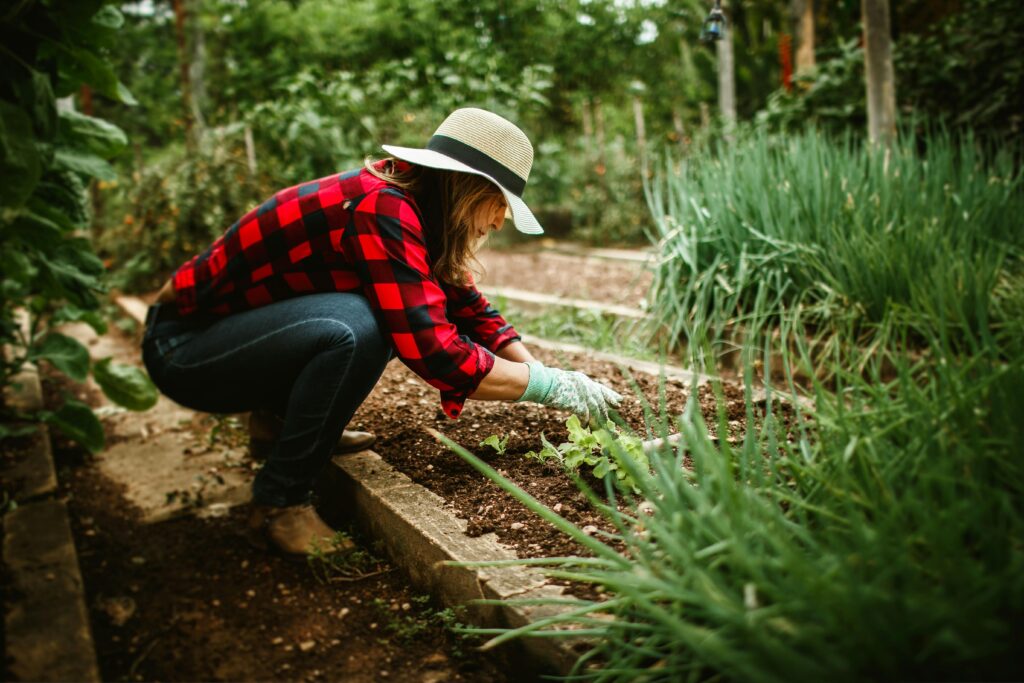 For centuries, kitchen gardens provided households with a steady supply of fresh herbs, vegetables, and edible flowers right outside their doors. But in recent years, as urbanization has increased and garden spaces have shrunk, the kitchen garden has experienced a revival—thanks to modern techniques that maximize productivity in small spaces.
For centuries, kitchen gardens provided households with a steady supply of fresh herbs, vegetables, and edible flowers right outside their doors. But in recent years, as urbanization has increased and garden spaces have shrunk, the kitchen garden has experienced a revival—thanks to modern techniques that maximize productivity in small spaces.
The Power of Intensive Planting
Unlike traditional row gardening, intensive planting focuses on maximizing every inch of available space to ensure high yields and soil health. By placing plants closer together in raised beds, gardeners can create microclimates that suppress weeds, retain moisture, and enhance soil fertility.
Some key principles of intensive planting include:
Succession Planting: Sowing new crops immediately after harvesting the previous one to ensure continuous production.
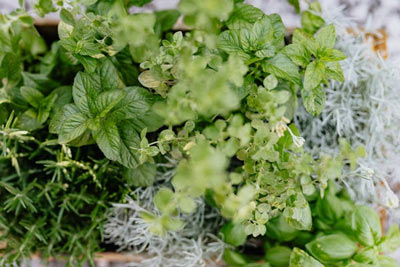
Interplanting: Growing compatible plants together to make the most of space and provide mutual benefits (e.g., basil and tomatoes, carrots and onions).
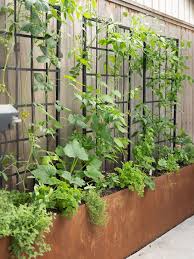
Vertical Gardening: Using trellises, arbors, and containers to maximize limited ground space.
Building a Resilient Kitchen Garden
A productive kitchen garden isn’t just about maximizing space—it’s about working with nature to create a resilient, self-sustaining system. Some core strategies include:
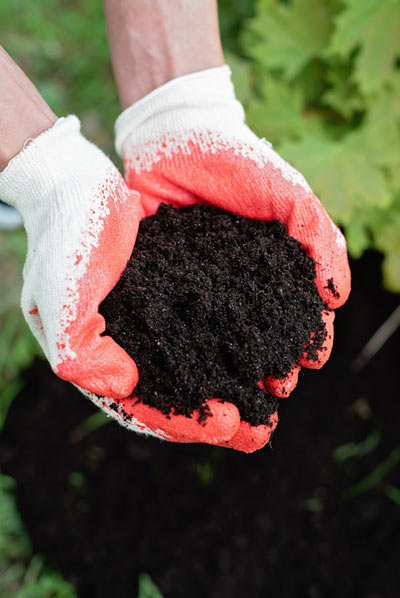
Healthy Soil: Compost and organic mulch build fertility and structure, reducing the need for chemical fertilizers.

Organic Pest Control: Beneficial insects, companion planting, and natural deterrents help keep pests in check without synthetic pesticides.

Climate Adaptation: Selecting heat-tolerant and drought-resistant varieties ensures year-round production in warm climates.
Why the Kitchen Garden Revival Matters
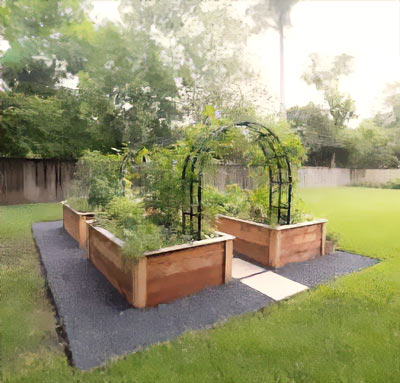
As more people seek self-sufficiency and fresh, organic produce, kitchen gardens are making a comeback. Whether in raised beds, balcony containers, or backyard plots, the principles of intensive planting empower gardeners to grow more food in less space—without sacrificing soil health or sustainability.
By embracing these techniques, home gardeners can reconnect with the timeless tradition of kitchen gardens while adapting to modern challenges. The result? A bountiful harvest, a thriving ecosystem, and a step toward greater food independence.
